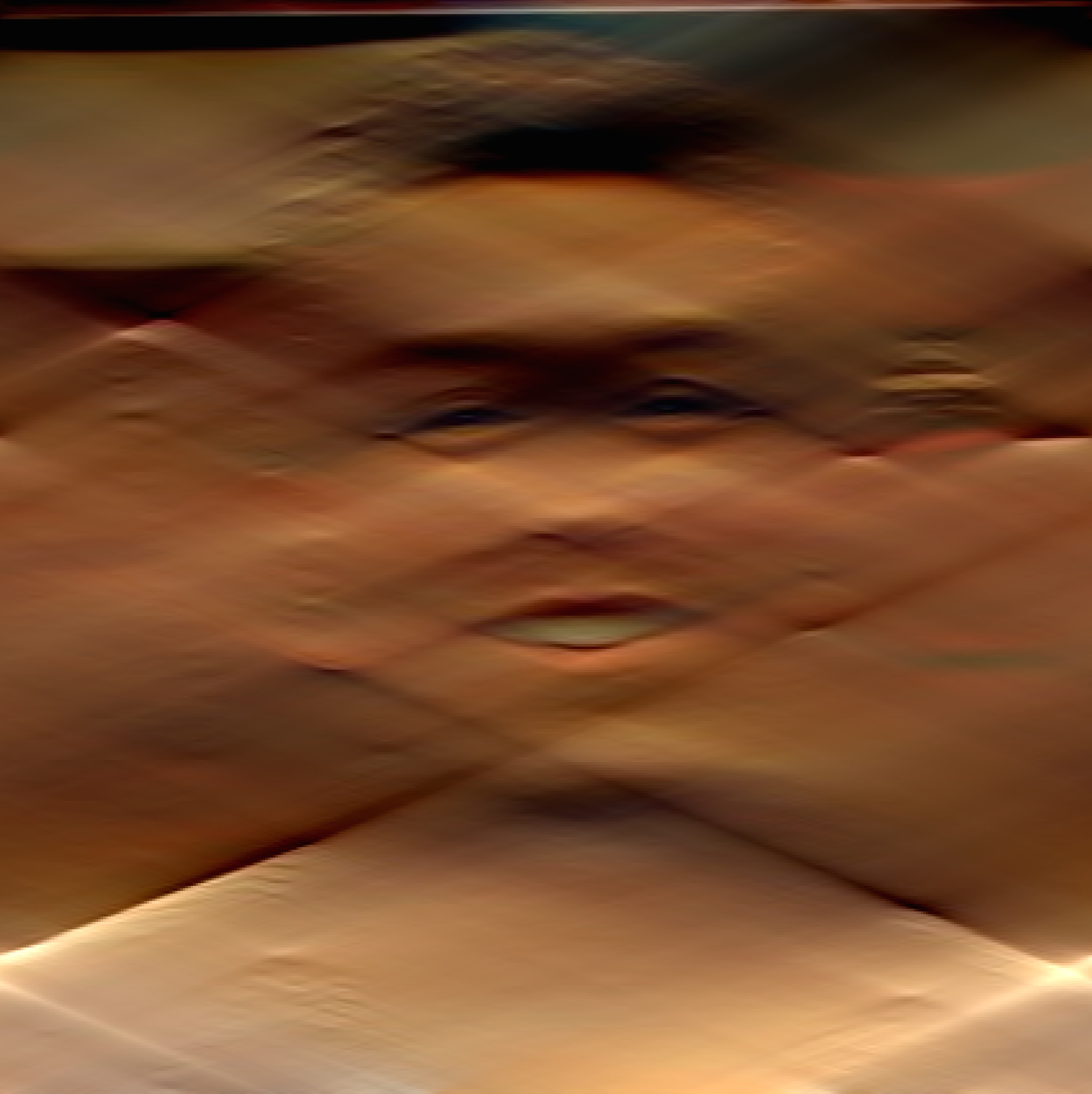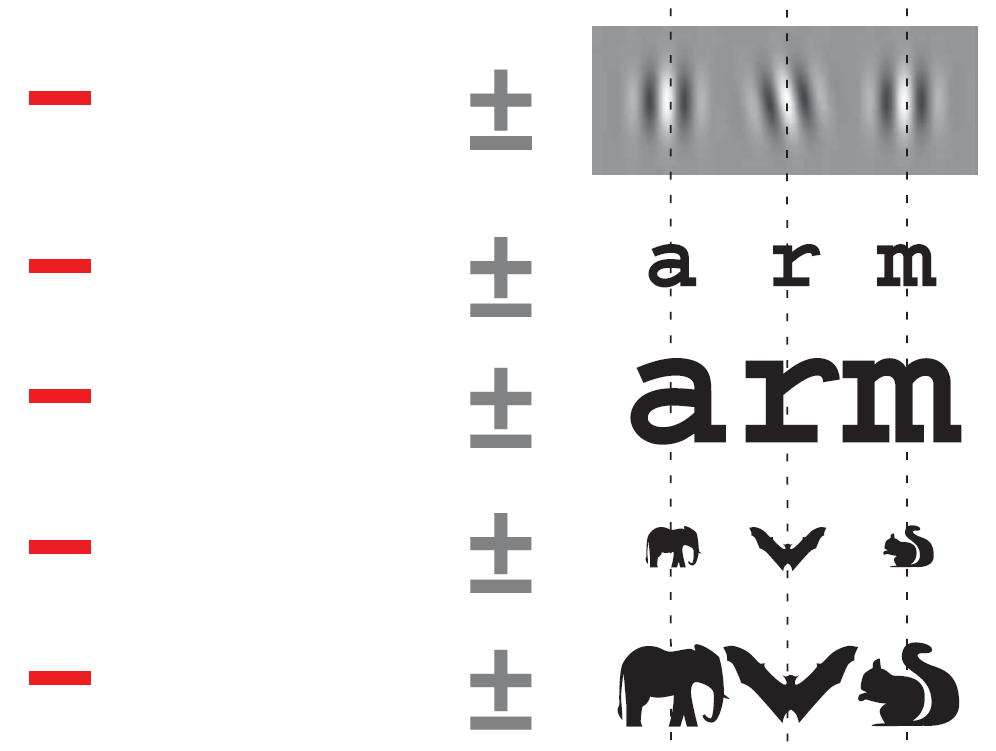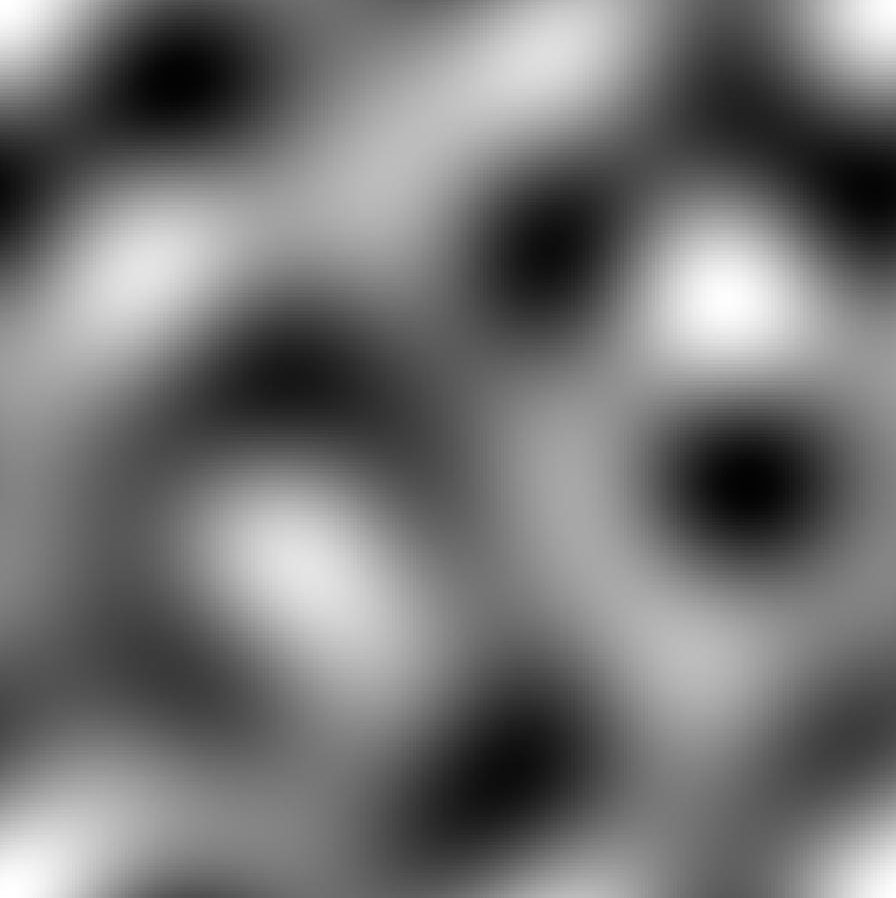MATTHEW PACHAI
Vision, psychophysics, face perception, crowding
RESEARCH INTERESTS
The visual system has an extraordinary capacity to engage processing suited to the environment and task at hand. I am generally interested in how this feat is accomplished. What processing strategies are deployed? How and when does the visual system switch between these strategies? To what extent is this behaviour optimal given the natural statistics of the environment and the inherent limitations of the visual system? My research explores these questions using a combination of psychophysics, cognitive neuroscience, and computational modelling. See my Curriculum Vitae or Google Scholar for more details.

FACE PERCEPTION
This program of research was inspired by the demonstration that horizontal spatial frequency components convey useful information for face-related tasks (Dakin & Watt, 2009). Using an ideal observer analysis, I confirmed that this orientation band is maximally diagnostic for face identification. I also showed that selective processing of horizontal structure predicts upright face identification accuracy and the magnitude of the face inversion effect. These results represent a new perspective on individual differences in face identification and face inversion effects, with implications for ameliorating the face identification deficits experienced by individuals with prosopagnosia and developed with healthy aging. In my present postdoctoral fellowship with Jennifer Steeves, I am examining the underpinnings of these effects using a combination of fMRI, TMS, and eyetracking techniques.
VISUAL CROWDING
Peripheral object discrimination is hindered by the presence of nearby elements, a phenomenon known as crowding. Take for example the image to the right (Pelli & Tillman, 2008), in which you should be unable to identify the middle item of the triplets while looking the red dash, but have no difficulty while looking at the grey plus/minus sign. This demonstrates the extreme deficits we experience outside the fovea, which is an area of the visual world about the size of our thumb held at arm's length. In my postdoctoral research with Michael Herzog, explored the nature of these deficits. We argued that in order to understand low level processes such as crowding, one must also consider higher level processes such as perceptual organization, grouping, and statistical summary representations of the visual environment.

PERCEPTUAL LEARNING
For several years, I have been exploring how the visual system learns to optimize its processing. In most situations, this is a simple matter of applying previously learned strategies to a new context. For example, I have shown that training with inverted faces increases selective processing of horizontal structure from these stimuli. However, faces are a highly familiar stimulus category, and more interesting is how the visual system treats novel input. We have explored this question using low-pass filtered textures with differentially diagnostic orientation structure. Observers have remarkable difficulty isolating the diagnostic orientation band in such stimuli, and we are examining the conditions under which this difficulty can be overcome, with implications for how the visual system generally filters through the flood of visual information received in every moment.


TEACHING AND LEARNING
I have maintained an active side interest in the growing field of applied cognitive psychology. In recent years, it has become abundantly clear that perception and cognition research can be leveraged to optimize student learning. Strategies such as self-testing, distributed practice, and interleaving have been shown to robustly improve information retention, and this body of literature continues to grow
As a part of Dr. Joe Kim's curriculum team, I helped integrate these principles into McMaster's Introductory Psychology courses. I have also conducted research exploring the consequences of including 'none of the above' on multiple-choice tests and the design of a course to train peer-mentors for first year students.
